Search Images
Browse Content (p. 1016)
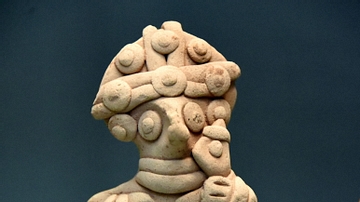
Image
Hittite Figurine from Carchemish
This female figure wears an elaborate headgear and holds a baby in her left arm. She possibly represents a priestess or a deity. Fired clay. From House B at Carchemish, Southeastern Turkey. Neo-Hittite period, 7th century BCE. (The British...
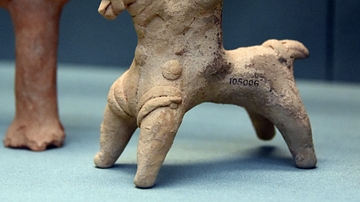
Image
Terracotta Horseman Found near Carchemish
This baked clay model depicts a man on a horseback. There is an inscribed stamp on the rider's arm. From railway tomb 1 near Carchemish, Southeastern Turkey. Neo-Hittite period, 8th century BCE. (The British Museum, London).
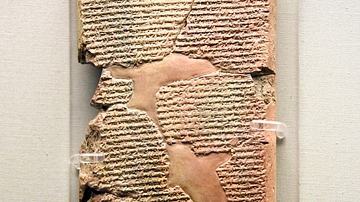
Image
Clay Tablet Naming Gyges of Lydia
This clay tablet is inscribed in a cuneiform script. It is an account of the Egyptian campaigns of Ashurbanipal II, king of Assyria (reigned 668-627 BCE) and his reception of an embassy from Gyges, the first king of Lydia. From the library...
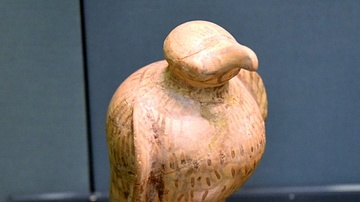
Image
Phrygian Pottery Vessel
This is a painted pottery bird-shaped vessel. The bird's feathers are indicated by the brown pigment. The orifice of the vessel lies below the tail. From Phrygia, Central Anatolia, in modern-day Turkey. Phrygian, 8th to 7th century BCE. (The...
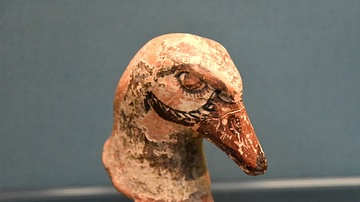
Image
Fragment of a Phrygian Goose-Headed Pottery
Only this part of a reddish painted pottery has survived. This is a goose's (or duck's) head. From Samsun, Black Sea Region, in modern-day Turkey. Phrygian, 5th to 4th century BCE. (The British Museum, London).
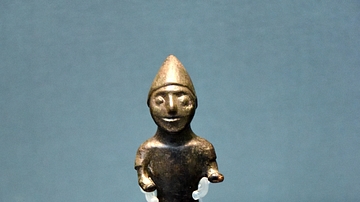
Image
Phrygian Figurine of a Naked Man
This bronze figurine depicts a nude man wearing a pointed hat. From Phrygia or Lycia, Central or Western Turkey. 8th to 6th century BCE. (The British Museum, London).

Image
Bronze Figurine of a Trumpeter
This male trumpeter wears a pointed hat and a short kilt. From Phrygia or Lycia, Central or Western Turkey. 8th to 6th century BCE. (The British Museum, London).

Image
February, Les Tres Riches Heures
A medieval manuscript illustration depicting the work on an agricultural estate during the month of February. From 'Les Très Riches Heures du Duc de Berry', c. 1412-1440 CE.
(Condé Museum, Château de Chantilly, Oise, France)
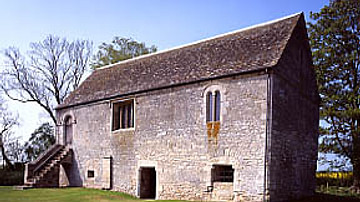
Image
Boothby Pagnell Manor House
Boothby Pagnell Manor House, Lincolnshire, U.K. Built c. 1200 CE.

Image
Urartian Bull's Head Spout
This bronze spout was shaped like a bull's head. The horns are curved and there is an ornamented forelock. From Urmia, north-western Iran. Urartian, 8th to 7th century BCE. (The British Museum, London).